Home>Garden Essentials>What Way Should A Vertical Garden Face
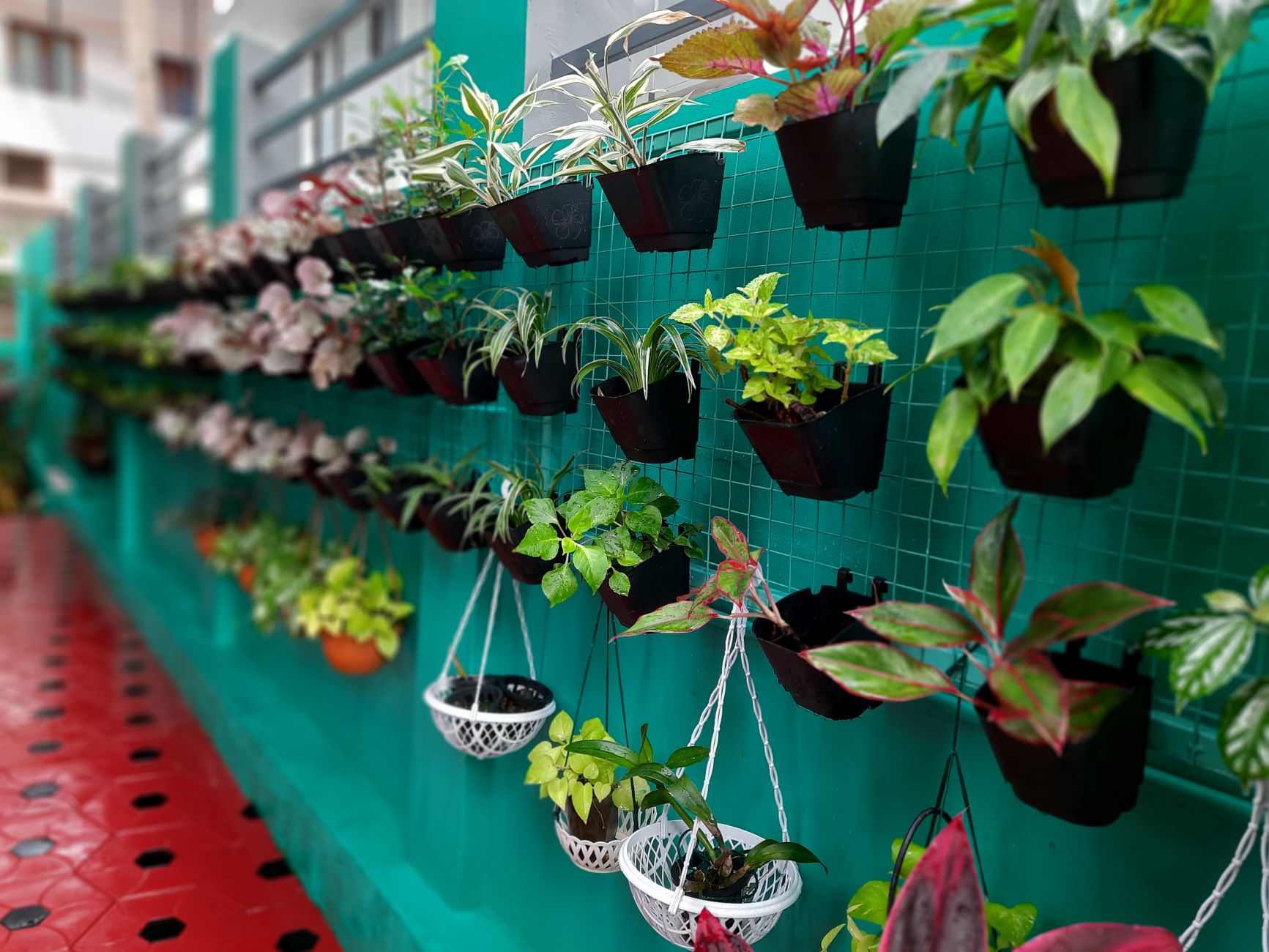

Garden Essentials
What Way Should A Vertical Garden Face
Modified: March 16, 2024
Discover the best orientation for your vertical garden. Learn which way your garden should face to maximize sunlight and optimize plant growth.
(Many of the links in this article redirect to a specific reviewed product. Your purchase of these products through affiliate links helps to generate commission for Storables.com, at no extra cost. Learn more)
Introduction
In recent years, vertical gardening has gained popularity as an innovative and space-saving way to cultivate plants. It allows individuals with limited outdoor space or gardening experience to create lush and thriving greenery, whether it be in urban environments or small balconies. However, when setting up a vertical garden, one crucial factor to consider is the orientation.
The orientation of a vertical garden refers to the direction in which it is facing. This decision plays a significant role in determining the amount of sunlight, temperature, and overall growth of the plants. Each cardinal direction – north, south, east, and west – has its unique set of advantages and disadvantages when it comes to vertical gardening.
By understanding the different factors that influence the orientation of a vertical garden, gardeners can make informed decisions that promote optimal plant growth and create a visually appealing green space. In this article, we will explore the factors to consider and the pros and cons of each orientation option. Whether you are a beginner or an experienced gardener, this guide will help you make the best choice for your vertical garden.
Let’s dive in and explore the fascinating world of vertical garden orientations.
Key Takeaways:
- Choose a north-facing vertical garden for cooler temperatures and shade-loving plants, but be prepared for slower growth due to reduced light intensity.
- Opt for a south-facing vertical garden to maximize sunlight exposure and promote rapid plant growth, but monitor for potential heat stress and increased water requirements.
Read more: What Way Should Blinds Face
Factors to Consider for the Orientation of a Vertical Garden
When deciding on the orientation of a vertical garden, there are several crucial factors to take into account. Each factor plays a role in determining the success and overall health of the plants. Here are some key considerations to keep in mind:
1. Sunlight Exposure: One of the most critical factors in vertical gardening is sunlight exposure. Different plants have varying requirements when it comes to light, and the orientation of the garden can determine the amount of sunlight the plants receive. Assess the intensity and duration of sunlight in your location throughout the day to determine the ideal orientation.
2. Temperature: The orientation of a vertical garden can affect the temperature plants are exposed to. South-facing gardens often receive more direct sunlight and can become hotter, while north-facing gardens may be cooler. Consider the climate in your area and the temperature preferences of your chosen plants to select the best orientation.
3. Wind Exposure: Another consideration is the exposure to wind. Depending on the orientation, some directions may result in stronger wind flow through the garden. Consider the strength and frequency of wind in your location, as excessive wind can damage plants and impede their growth.
4. Privacy and Aesthetics: The orientation of the vertical garden can also impact the privacy and aesthetics of your outdoor space. Consider if you want the garden to face an open area for public viewing or if you prefer a more secluded setting. Additionally, think about how the orientation will complement the overall design and aesthetics of your outdoor space.
5. Accessibility and Maintenance: Think about the accessibility and maintenance needs of the vertical garden. Consider the availability of water sources, ease of pruning and harvesting, and the overall functionality of the garden in relation to its orientation.
6. Building and Structural Considerations: If you are installing the vertical garden against a building or structure, consider its orientation in relation to any nearby windows, doors, or other architectural features. Additionally, ensure that the structure can support the weight of the vertical garden.
By carefully considering these factors, you can select the best orientation for your vertical garden, ensuring optimal growth and a visually pleasing outdoor space. In the next section, we will discuss the different factors that influence the choice of orientation in more detail.
Factors That Determine The Best Orientation for a Vertical Garden
When determining the best orientation for a vertical garden, several factors come into play. These factors include the availability of sunlight, temperature preferences of plants, wind patterns, views and aesthetics, and the overall functionality of the garden. Let’s explore these factors in more detail:
1. Sunlight Availability: The amount of sunlight a vertical garden receives is crucial for the plants’ photosynthesis and overall growth. Some plants thrive in full sun, while others prefer partial shade. Evaluate the sunlight availability in different directions at different times of the day to determine the optimal orientation for your plant selection.
2. Temperature Preferences: Plants have varying temperature preferences, and the orientation of a vertical garden can influence the temperature it experiences. South-facing gardens often receive more direct sunlight and can become hotter, which is ideal for sun-loving plants. North-facing gardens, on the other hand, are generally cooler, making them suitable for shade-loving plants or in hot climates. Consider the specific temperature requirements of your chosen plants when deciding on the garden’s orientation.
3. Wind Patterns: Wind can impact the plants’ growth and health in a vertical garden. Some plants are more susceptible to wind damage, while others can tolerate stronger wind conditions. Assess the prevailing wind patterns in your area and choose an orientation that provides some protection from strong winds, if necessary.
4. Views and Aesthetics: The orientation of the vertical garden can also impact the visual appeal of your outdoor space. Consider the views from different directions, both within the garden and from surrounding areas. You may want to position the garden to showcase certain plants or to create a focal point in your landscape.
5. Functionality and Accessibility: Consider how the orientation of the vertical garden will affect its functionality and accessibility. Ensure that the chosen orientation allows for easy watering, pruning, and maintenance. If you plan to harvest herbs or vegetables, select an orientation that allows for convenient access to the edible plants.
6. Building and Structural Considerations: If your vertical garden is attached to a building or structure, take into account the orientation in relation to any windows, doors, or architectural features. Ensure that the garden does not obstruct natural light or impede access to important areas.
By carefully considering these factors, you can determine the best orientation for your vertical garden. Remember to prioritize the specific needs of your chosen plants and the overall aesthetic goals you have for your outdoor space. In the next section, we will discuss the pros and cons of different vertical garden orientations to further aid your decision-making process.
Pros and Cons of Different Vertical Garden Orientations
Choosing the right orientation for your vertical garden is crucial for the overall success and health of your plants. Each cardinal direction – north, south, east, and west – offers unique advantages and disadvantages. Understanding the pros and cons of each orientation will help you make an informed decision. Let’s explore them:
1. Facing North:
Pros:
– Less direct sunlight: North-facing gardens receive less intense sunlight, making them suitable for shade-loving plants or in hot climates.
– Cooler temperatures: These gardens generally experience cooler temperatures due to less direct sunlight, which can be beneficial for certain plant species.
– Reduced risk of sunburn: Plants in north-facing gardens are less prone to sunburn or heat stress.
Cons:
– Reduced light intensity: North-facing gardens receive less sunlight overall, which may limit the growth potential of some sun-loving plants.
– Slower growth: The lower light levels can lead to slower growth rates compared to gardens facing other directions.
2. Facing South:
Pros:
– Maximum sunlight exposure: South-facing gardens receive the most direct sunlight throughout the day, making them ideal for sun-loving plants and maximizing growth potential.
– Warmer temperatures: These gardens typically experience warmer temperatures, which are beneficial for many plant species.
– Rapid growth: The ample sunlight and warmth can result in faster plant growth and higher yields.
Cons:
– Potential heat stress: In hot climates, south-facing gardens can become excessively hot, potentially causing heat stress or dehydration in some plant species.
– Increased water requirements: The higher temperatures and more intense sunlight may increase the water requirements of plants in south-facing gardens.
3. Facing East:
Pros:
– Morning sunlight exposure: East-facing gardens receive gentle morning sunlight, promoting healthy growth and photosynthesis.
– Cooler afternoons: These gardens tend to be cooler in the afternoon as the sun moves to the west, providing relief from excessive heat.
– Less exposure to strong winds: East-facing gardens are generally protected from the strongest afternoon winds.
Cons:
– Limited afternoon sunlight: Due to the garden’s orientation, east-facing gardens receive less direct sunlight in the afternoon, which may affect the growth of some sun-loving plants.
– Potential for morning frost damage: In colder climates, east-facing gardens may be more susceptible to frost damage due to the exposure to the morning sun, which can cause the plant tissues to thaw too quickly.
4. Facing West:
Pros:
– Afternoon sunlight exposure: West-facing gardens receive direct sunlight in the afternoon, which can benefit plants requiring more intense light.
– Longer periods of sunlight: These gardens often receive sunlight for longer durations, maximizing photosynthesis and plant growth during the late afternoon.
Cons:
– Heat stress: In hot climates, west-facing gardens may experience excessive heat in the afternoon, potentially leading to heat stress in some plant species.
– Increased water requirements: The prolonged exposure to sunlight can result in higher evaporation rates and increased water needs for plants in west-facing gardens.
Consider these pros and cons when selecting the orientation for your vertical garden. Remember to prioritize the specific needs of your plants, the climate in your area, and your overall aesthetic preferences. By finding the right balance, you can create a thriving and visually appealing vertical garden. In the next sections, we will delve into the advantages and disadvantages of each specific orientation in more detail.
Facing North
When it comes to vertical gardening, facing north offers its own set of advantages and disadvantages. Let’s explore the pros and cons of having a north-facing vertical garden:
Pros:
1. Less direct sunlight: North-facing gardens receive less intense sunlight compared to other orientations. This makes them ideal for plants that thrive in shade or prefer cooler temperatures. If you have plants that are sensitive to direct sunlight or if you live in a hot climate, a north-facing garden can provide a more favorable environment.
2. Cooler temperatures: Due to the reduced exposure to direct sunlight, north-facing gardens tend to experience cooler temperatures during the day. This can be beneficial for plants that are sensitive to heat or for those who live in regions with scorching summers. Cooler temperatures can help prevent wilting and minimize the risk of heat stress.
3. Reduced risk of sunburn: Plants in north-facing gardens are less prone to sunburn or heat stress. The reduced intensity of sunlight lowers the chances of foliage damage and helps maintain the overall health and appearance of the plants.
Cons:
1. Reduced light intensity: While the lower light levels can be beneficial for certain plants, it also means that the overall light intensity is reduced. This limitation may restrict the growth potential of sun-loving plants or those that require high levels of light for photosynthesis.
2. Slower growth: Since plants in north-facing gardens receive less sunlight, their growth rates may be slower compared to those in gardens facing other directions. If you’re looking for rapid growth or high yields, a north-facing orientation may not be the most optimal choice.
To make the most of a north-facing vertical garden, choose shade-loving or cool-temperature plants that can thrive in reduced light conditions. Ferns, hostas, impatiens, and certain varieties of moss are excellent choices for north-facing gardens. Additionally, consider incorporating reflective surfaces or artificial lighting to supplement the lower light levels and enhance plant growth.
Overall, a north-facing vertical garden provides a suitable environment for plants that prefer shade or cooler temperatures. It can be an ideal choice for individuals living in hot climates or for those who want to create a garden with a more subdued lighting environment. With the right plant selection and supplemental lighting if necessary, a north-facing vertical garden can flourish and add a touch of natural beauty to any space.
A vertical garden should ideally face south or southeast to receive the most sunlight throughout the day. This will help the plants to thrive and grow successfully.
Read more: Which Way Should A Pergola Face?
Facing South
Facing south is a popular choice for vertical gardens due to the advantages it offers. Let’s explore the pros and cons of having a south-facing vertical garden:
Pros:
1. Maximum sunlight exposure: South-facing gardens receive the most direct sunlight throughout the day. This abundant sunlight is beneficial for plants that require full sun and thrive in high light intensity. If you’re looking to grow sun-loving vegetables, herbs, or flowering plants, a south-facing orientation can provide the optimal conditions for their growth.
2. Warmer temperatures: Due to the intense sunlight exposure, south-facing gardens tend to experience warmer temperatures. This can benefit many plant species, especially those that prefer heat or thrive in warmer climates. If you live in a cooler region or want to extend the growing season, a south-facing garden can help provide the necessary heat for your plants.
3. Rapid growth: The ample sunlight and warmth in south-facing gardens can result in faster plant growth and higher yields. The increased light intensity supports photosynthesis, leading to healthier and more robust plants. You can expect your plants to reach maturity more quickly and enjoy an abundant harvest or a lush garden display.
Cons:
1. Potential heat stress: In hot climates or during the peak of summer, south-facing gardens can become excessively hot. The intense sunlight and higher temperatures can potentially cause heat stress or dehydration in certain plant species. It’s important to choose plants that can tolerate or thrive in hot conditions and to provide adequate shade or sun protection when needed.
2. Increased water requirements: The higher temperatures and more intense sunlight in south-facing gardens can result in increased evaporation rates and, consequently, higher water requirements for the plants. Regular watering and monitoring will be necessary to keep the plants properly hydrated and prevent them from drying out.
When planning a south-facing vertical garden, consider planting sun-loving crops such as tomatoes, peppers, cucumbers, zucchini, and sunflowers. These plants thrive in full sun and will make the most of the intense light and warmth. However, it’s essential to monitor soil moisture levels, provide adequate shade during peak heat hours, and ensure proper irrigation to prevent heat stress and dehydration.
A south-facing orientation can create a vibrant and productive vertical garden that benefits from maximum sunlight exposure. With proper plant selection and care, you can enjoy a bountiful harvest and a stunning green space that flourishes under the sun’s radiant energy.
Facing East
When it comes to vertical gardening, facing east offers its own unique advantages and considerations. Let’s explore the pros and cons of having an east-facing vertical garden:
Pros:
1. Morning sunlight exposure: East-facing gardens receive gentle morning sunlight, which is considered ideal for plant growth. This early morning sunshine is less intense and helps plants to photosynthesize and establish healthy growth patterns without the risk of scorching or heat stress.
2. Cooler afternoons: Due to their orientation, east-facing gardens tend to receive less direct sunlight in the afternoon compared to south or west-facing gardens. This results in relatively cooler temperatures during the hottest parts of the day, making it more favorable for certain plant species that may be sensitive to excessive heat.
3. Less exposure to strong winds: East-facing gardens are usually protected from the strongest afternoon winds. This can be advantageous in areas with high wind conditions, protecting the plants from potential damage and reducing the need for additional protection measures.
Cons:
1. Limited afternoon sunlight: While the morning sunlight is beneficial, east-facing gardens will receive less direct sunlight in the afternoon. This may limit the growth potential of some sun-loving plant species that require maximum light exposure.
2. Potential for morning frost damage: In cooler climates, east-facing gardens may be more susceptible to frost damage. The exposure to the morning sun can cause plant tissues to thaw quickly, potentially leading to frost damage. Protection measures such as covers or mulching may need to be employed in colder regions to mitigate this risk.
To maximize the benefits of an east-facing vertical garden, choose plants that prefer muted or moderate sunlight. Shade-loving plants such as ferns, hostas, and certain varieties of ivy thrive in these conditions. Additionally, consider incorporating trellises or other structures on the western side of the garden to provide additional shade during the hotter parts of the day.
Overall, an east-facing vertical garden can offer a balanced lighting environment with gentle morning sunlight and cooler afternoons. It is an excellent choice for individuals who prefer a more subdued lighting environment and have plant species that thrive in partial shade or cooler temperatures. With careful plant selection and consideration of the specific climate conditions in your area, an east-facing garden can become a tranquil and beautiful addition to your outdoor space.
Facing West
Facing west in a vertical garden comes with its own set of advantages and considerations. Let’s explore the pros and cons of having a west-facing vertical garden:
Pros:
1. Afternoon sunlight exposure: West-facing gardens receive direct sunlight in the afternoon, which can be beneficial for plants that require more intense light. This increased light exposure can promote flowering, fruiting, and overall plant productivity.
2. Longer periods of sunlight: Compared to other orientations, west-facing gardens often enjoy sunlight for longer durations. This extended exposure to sunlight maximizes photosynthesis and can result in faster plant growth and higher yields.
Cons:
1. Heat stress: West-facing gardens can be exposed to intense afternoon sunlight, especially in hotter climates. This can lead to increased temperatures that may cause heat stress in some plant species. It is important to select plants that can tolerate high temperatures or provide shading during the hottest parts of the day.
2. Increased water requirements: The prolonged exposure to sunlight in west-facing gardens can lead to higher evaporation rates, resulting in increased water requirements for the plants. Regular watering and monitoring of soil moisture levels are essential to keep the plants adequately hydrated.
To make the most of a west-facing vertical garden, choose plants that can tolerate or thrive in full sun and higher temperatures. Sunflowers, tomatoes, peppers, and many herbs are well-suited to these conditions. Additionally, consider incorporating shading options such as trellises, awnings, or plant covers to provide relief during peak heat hours.
Extra care should be taken to protect the plants from excessive heat and ensure adequate hydration. Regular monitoring of soil moisture levels and irrigation practices will help prevent drying out and maintain the health and vitality of the plants.
A west-facing vertical garden offers the advantage of prolonged sunlight exposure, which can lead to rapid growth and abundant yields. By selecting heat-tolerant plants and implementing appropriate shading measures, you can create a thriving and productive garden that takes full advantage of the afternoon sun.
Conclusion
When it comes to setting up a vertical garden, the orientation plays a crucial role in determining the success and growth of your plants. Each cardinal direction – north, south, east, and west – offers its unique advantages and considerations.
Facing north is ideal for shade-loving plants or in hot climates where reduced direct sunlight and cooler temperatures can create a favorable environment. However, it may result in slower growth due to lower light intensity.
Facing south provides maximum sunlight exposure and warmer temperatures, making it ideal for sun-loving plants and rapid growth. However, it requires careful attention to prevent heat stress and increased water requirements.
Facing east offers gentle morning sunlight and cooler afternoons, making it suitable for plants that prefer partial shade or cooler temperatures. However, it may have limited afternoon sunlight and could be prone to morning frost damage in colder climates.
Facing west provides intense afternoon sunlight and extended periods of sunlight, promoting flowering and higher productivity. However, it may lead to heat stress and increased water requirements, requiring shading and careful hydration.
When deciding on the orientation of your vertical garden, consider the specific needs of your plants, the climate in your region, and your aesthetic preferences. Assess factors such as sunlight, temperature, wind, accessibility, and structural considerations to make an informed decision.
Remember to choose plants that are well-suited to the chosen orientation and to provide any necessary supplemental lighting, shading, or irrigation to maintain optimal growing conditions. Regular monitoring and care will ensure the health and vitality of your vertical garden.
Whether you opt for a north-facing garden for cooler temperatures, a south-facing garden for maximum sunlight exposure, an east-facing garden for gentle morning sun, or a west-facing garden for intense afternoon light, your vertical garden will become a beautiful and productive addition to your outdoor space. Enjoy the process of experimenting with different orientations and watching your plants thrive in their new vertical home. Happy gardening!
Frequently Asked Questions about What Way Should A Vertical Garden Face
Was this page helpful?
At Storables.com, we guarantee accurate and reliable information. Our content, validated by Expert Board Contributors, is crafted following stringent Editorial Policies. We're committed to providing you with well-researched, expert-backed insights for all your informational needs.
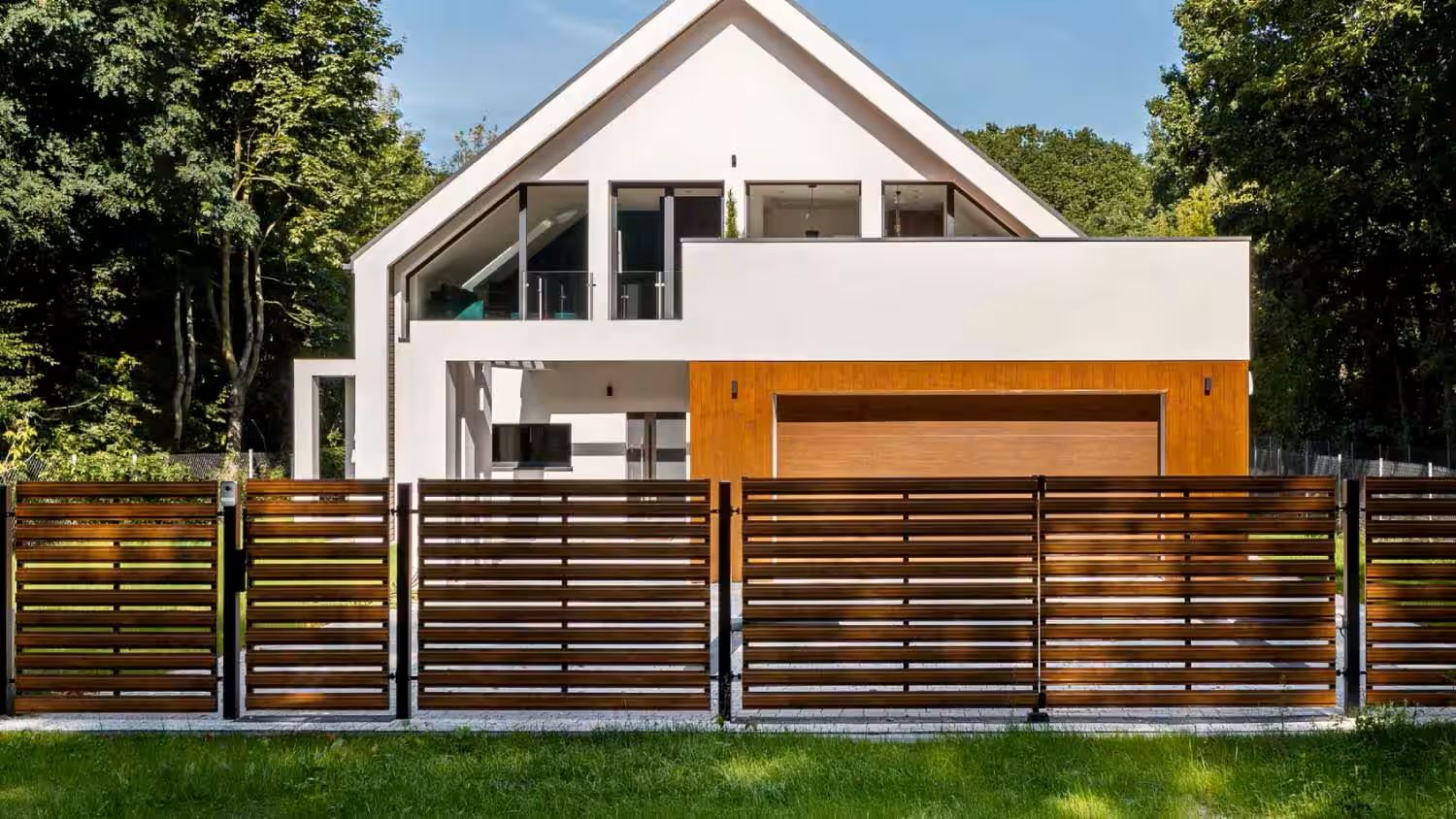
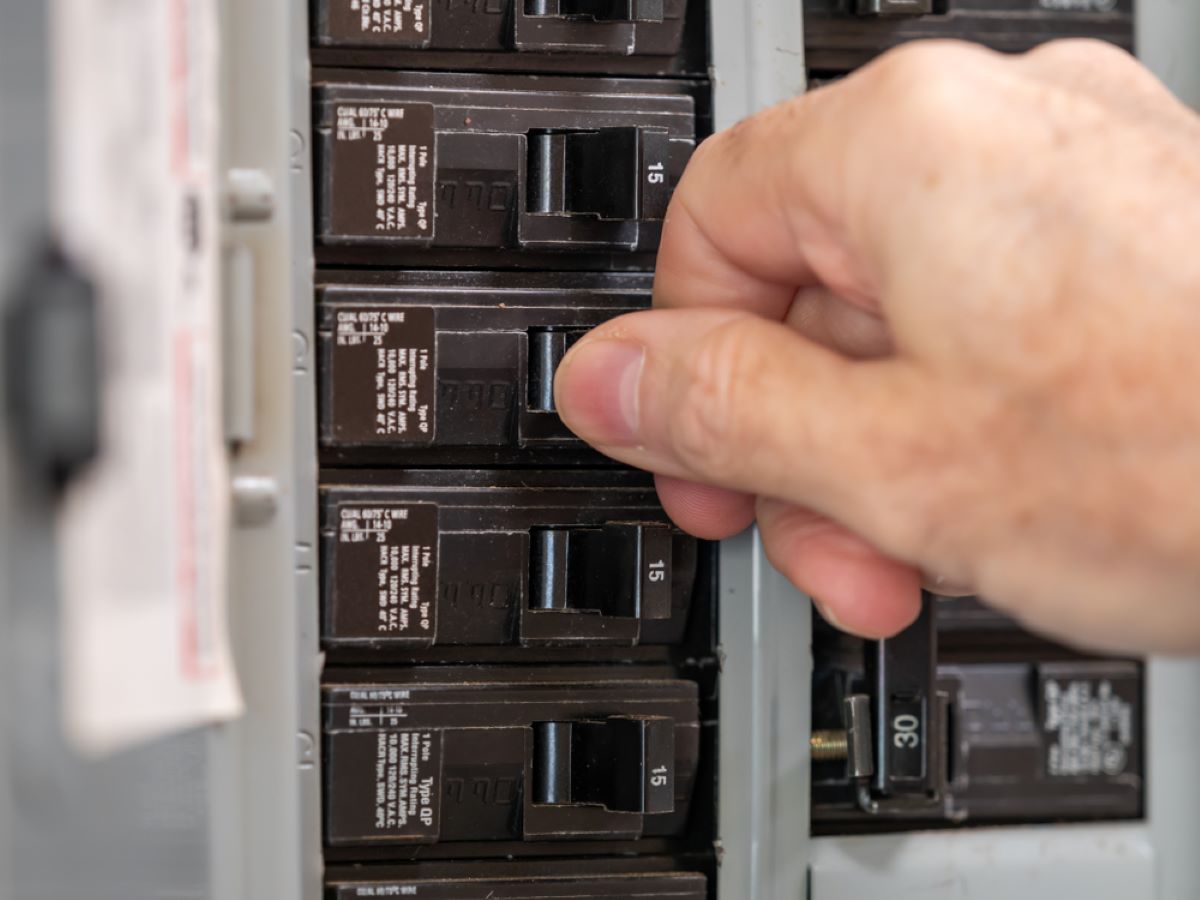
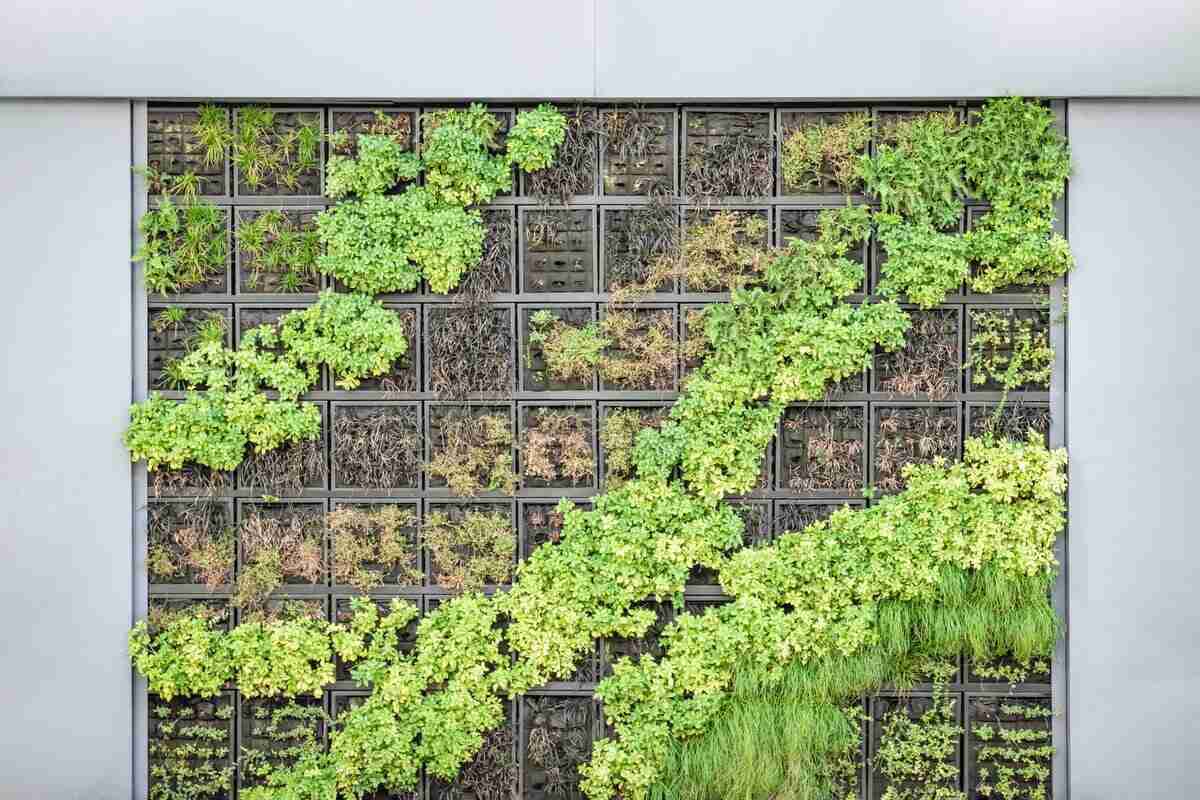
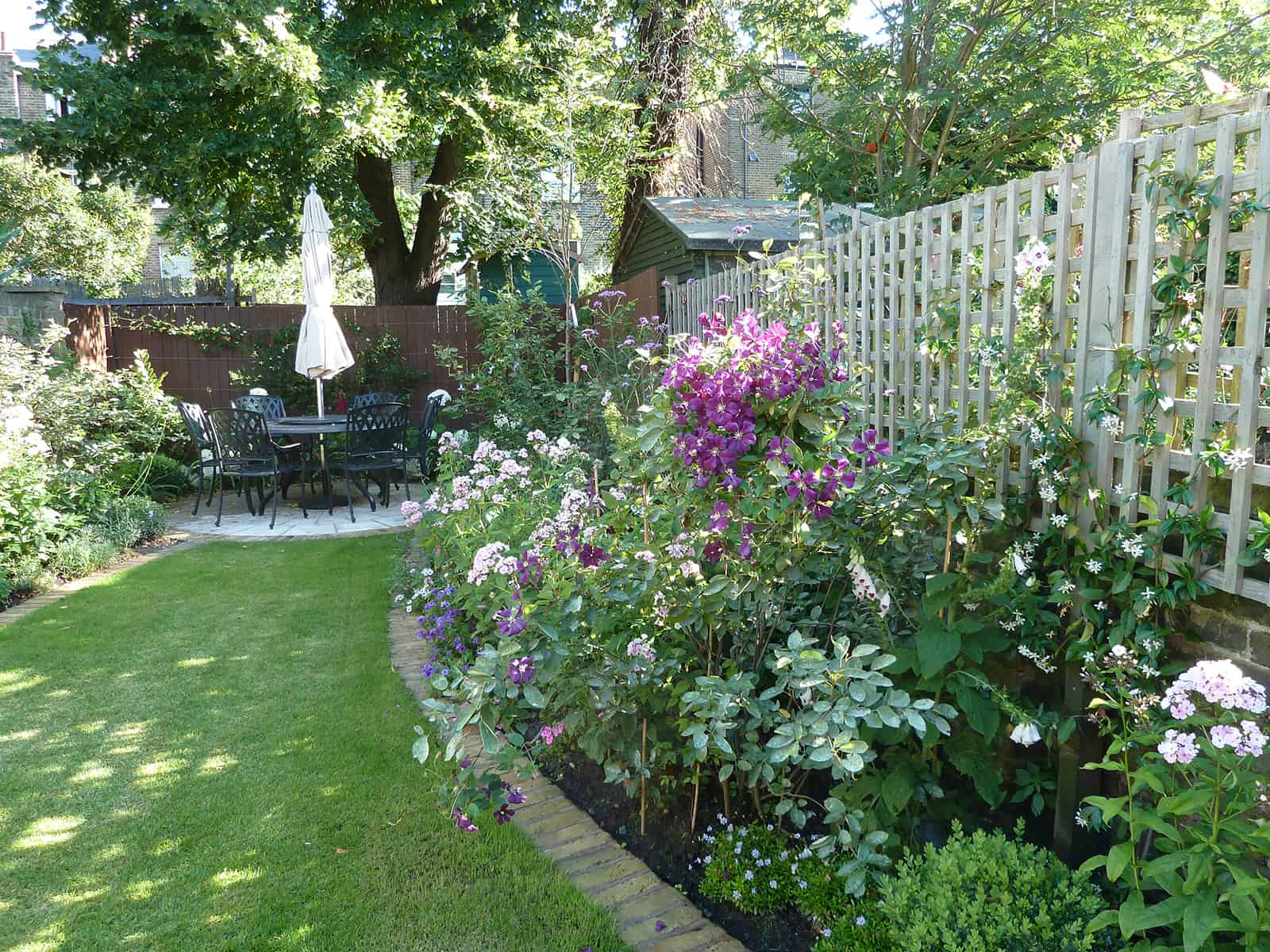

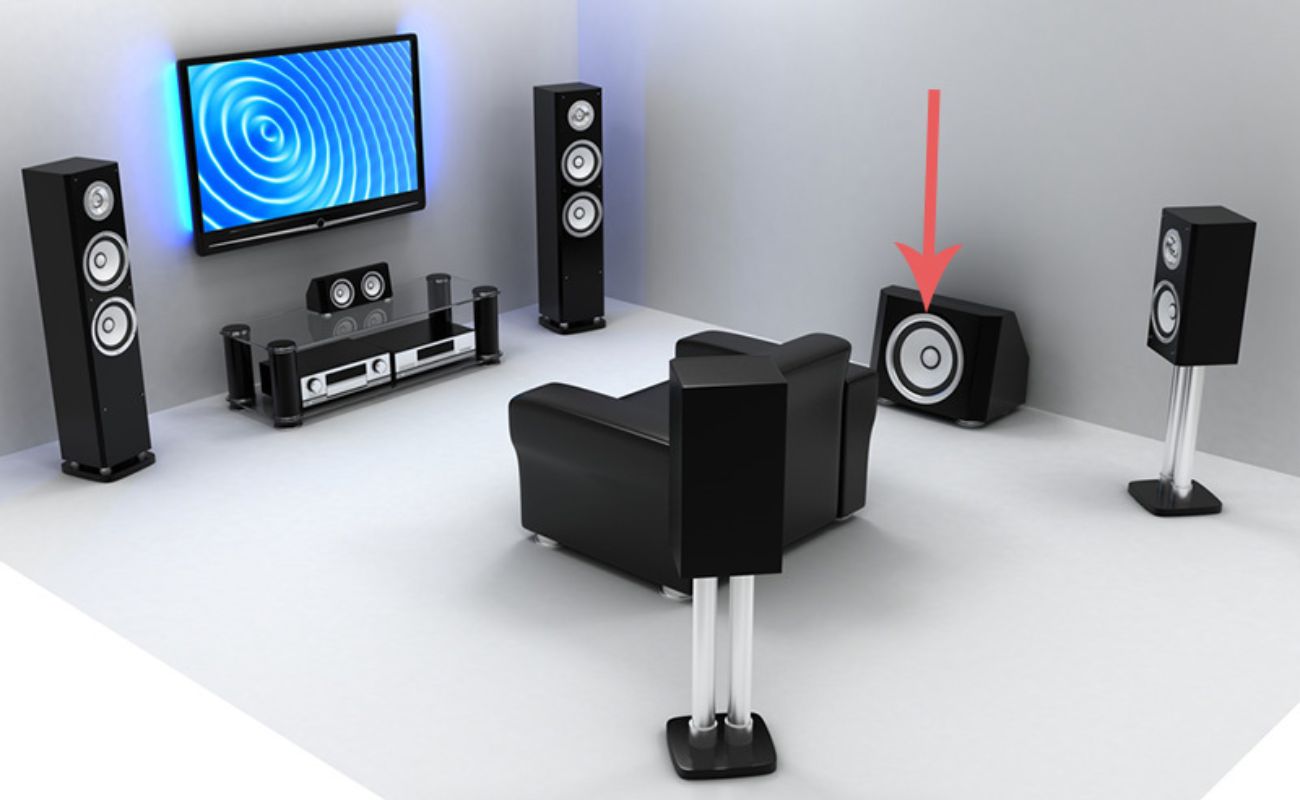
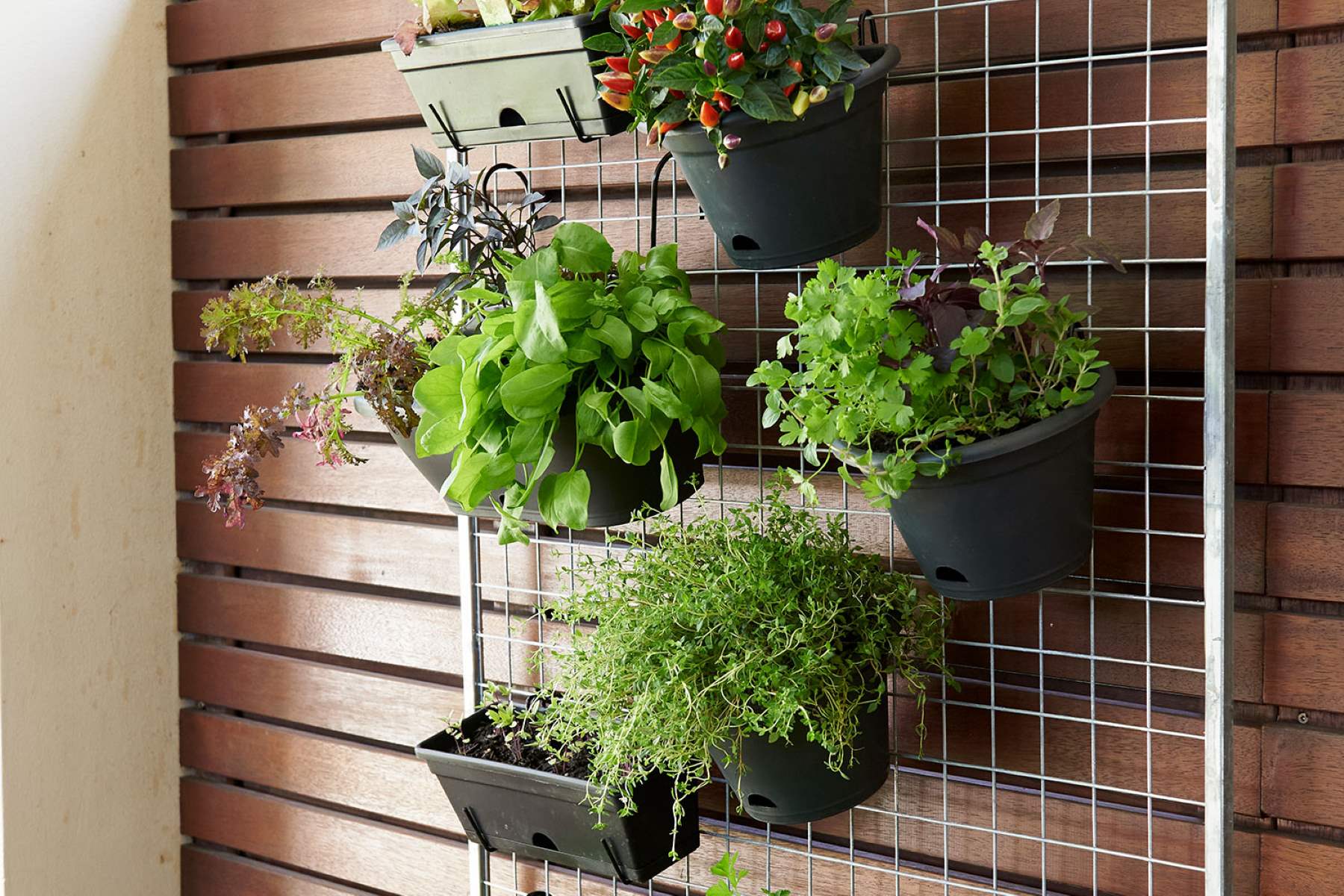
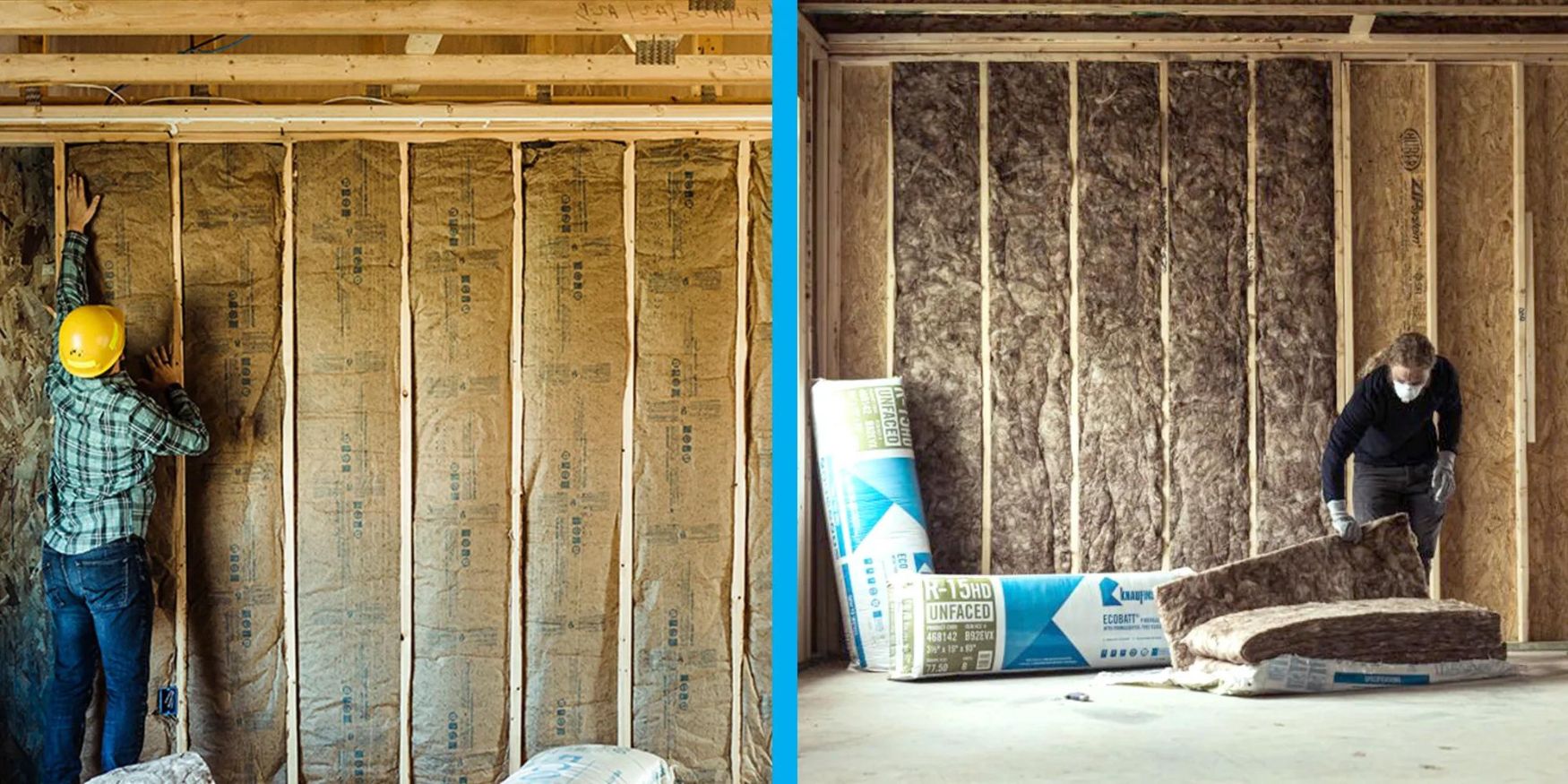
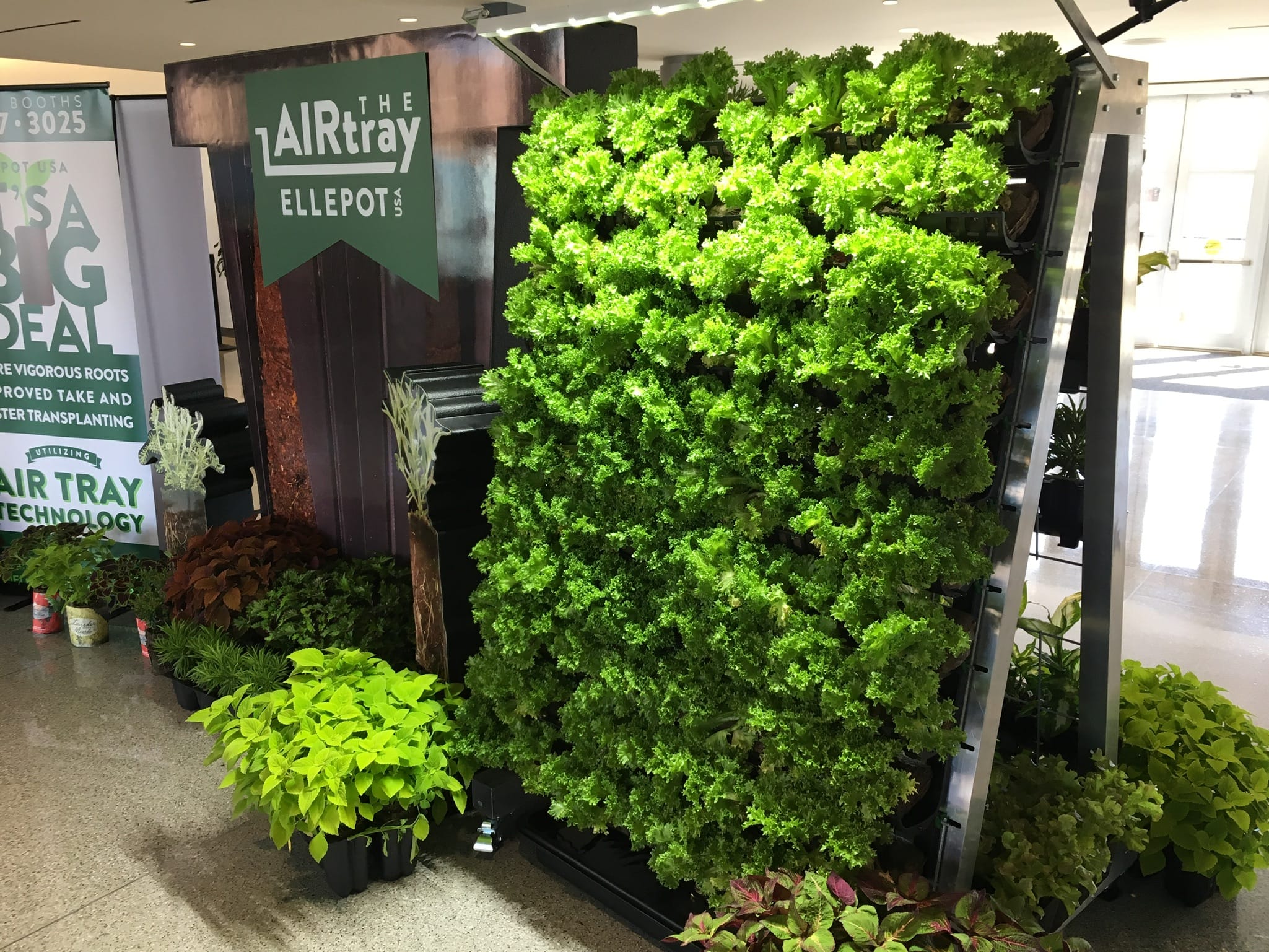
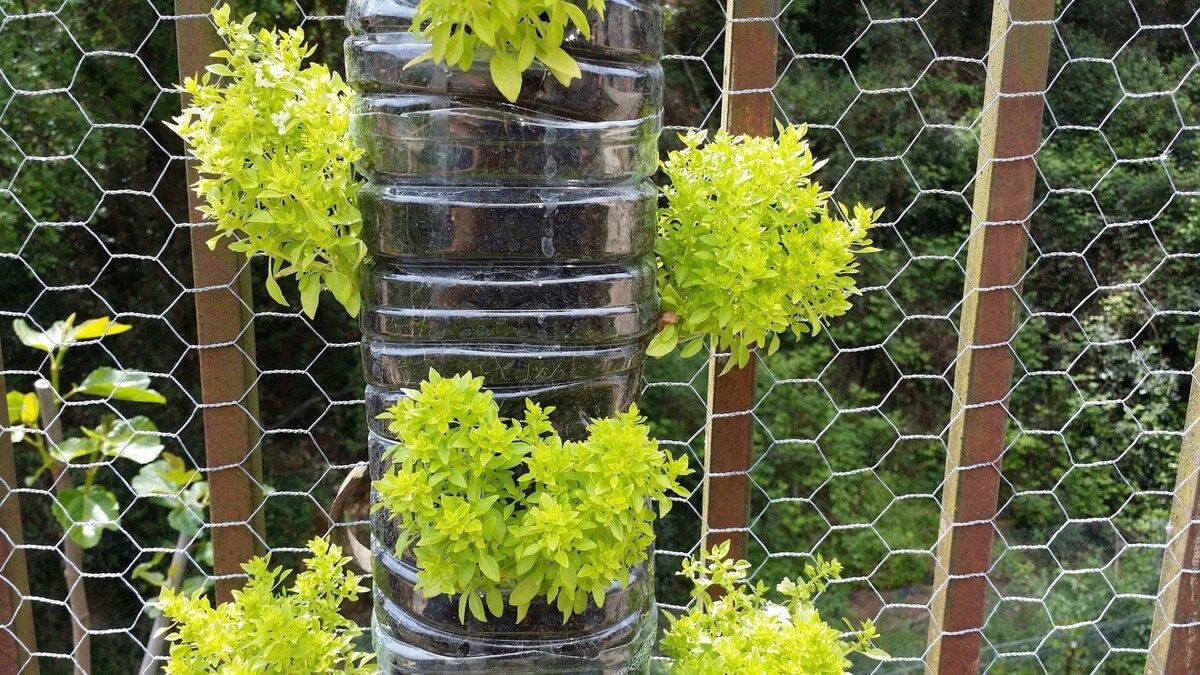
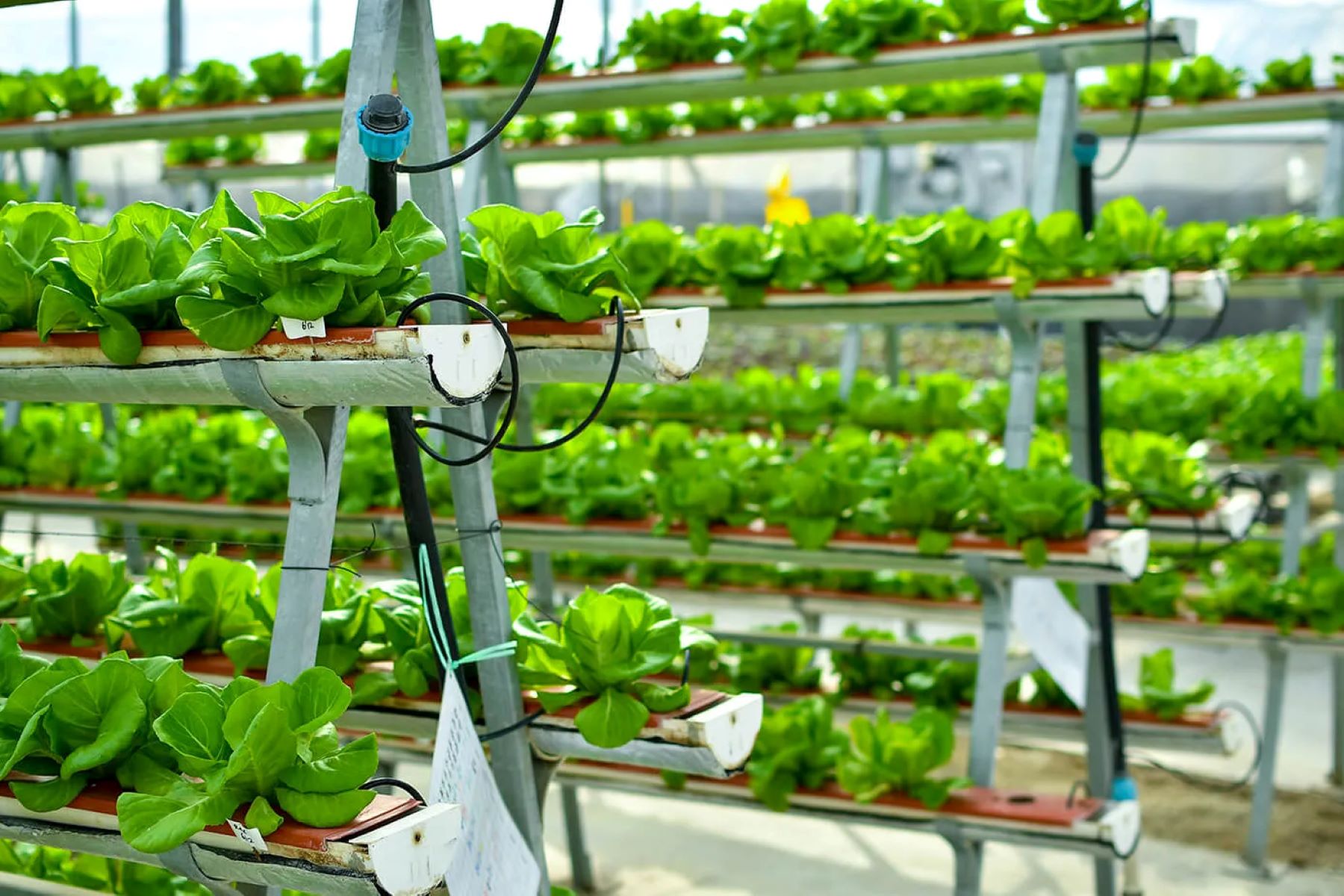
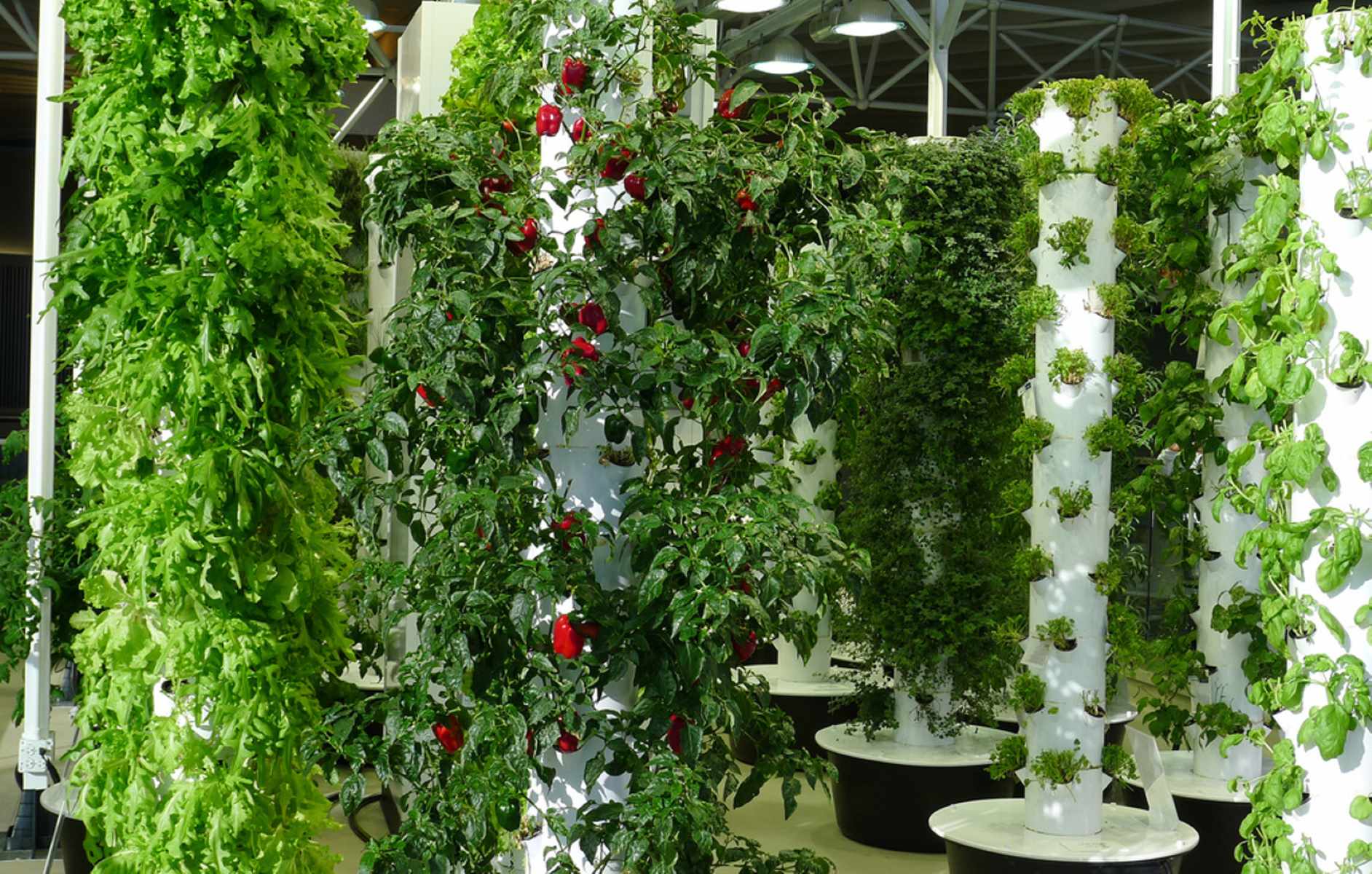
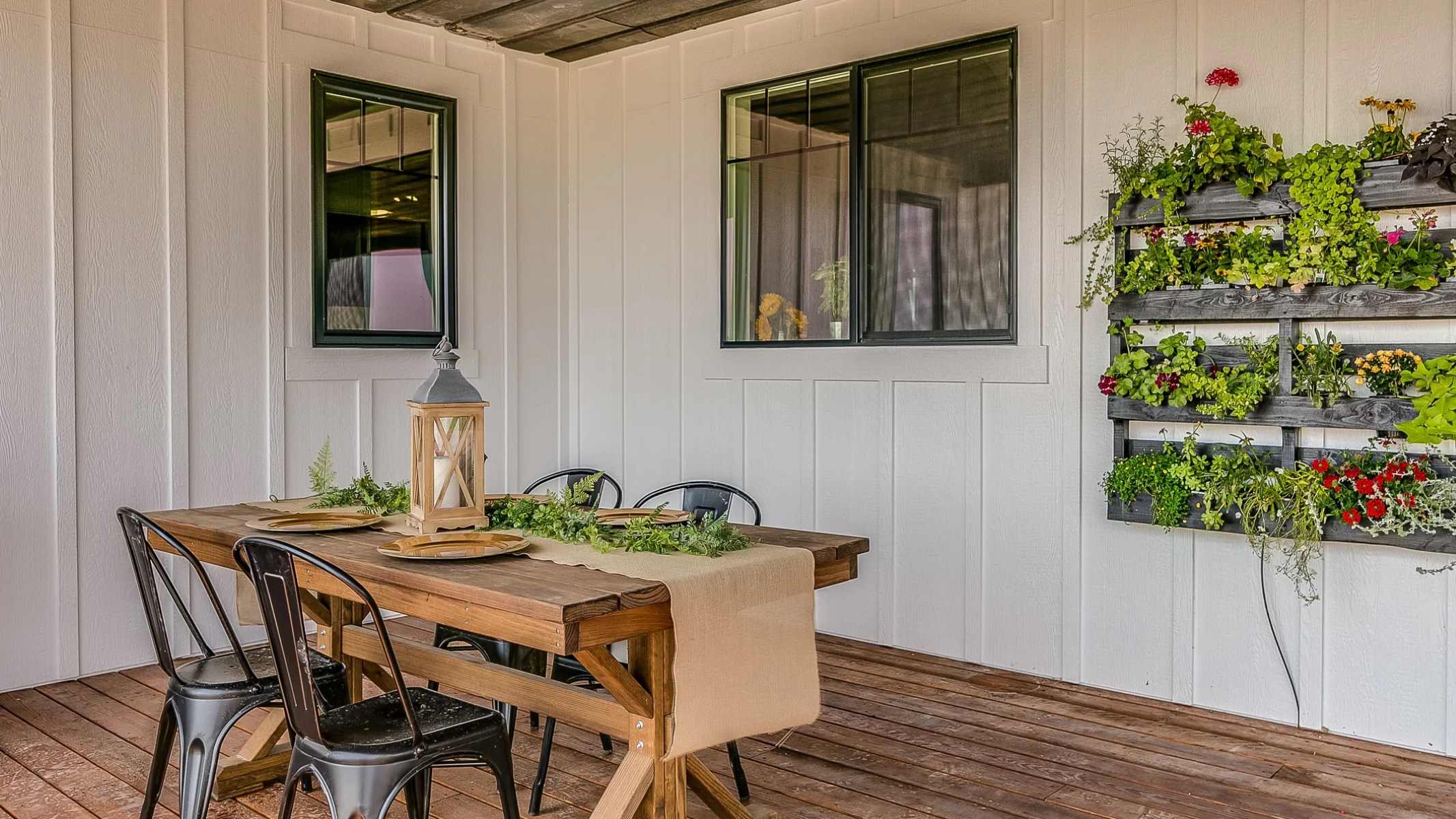
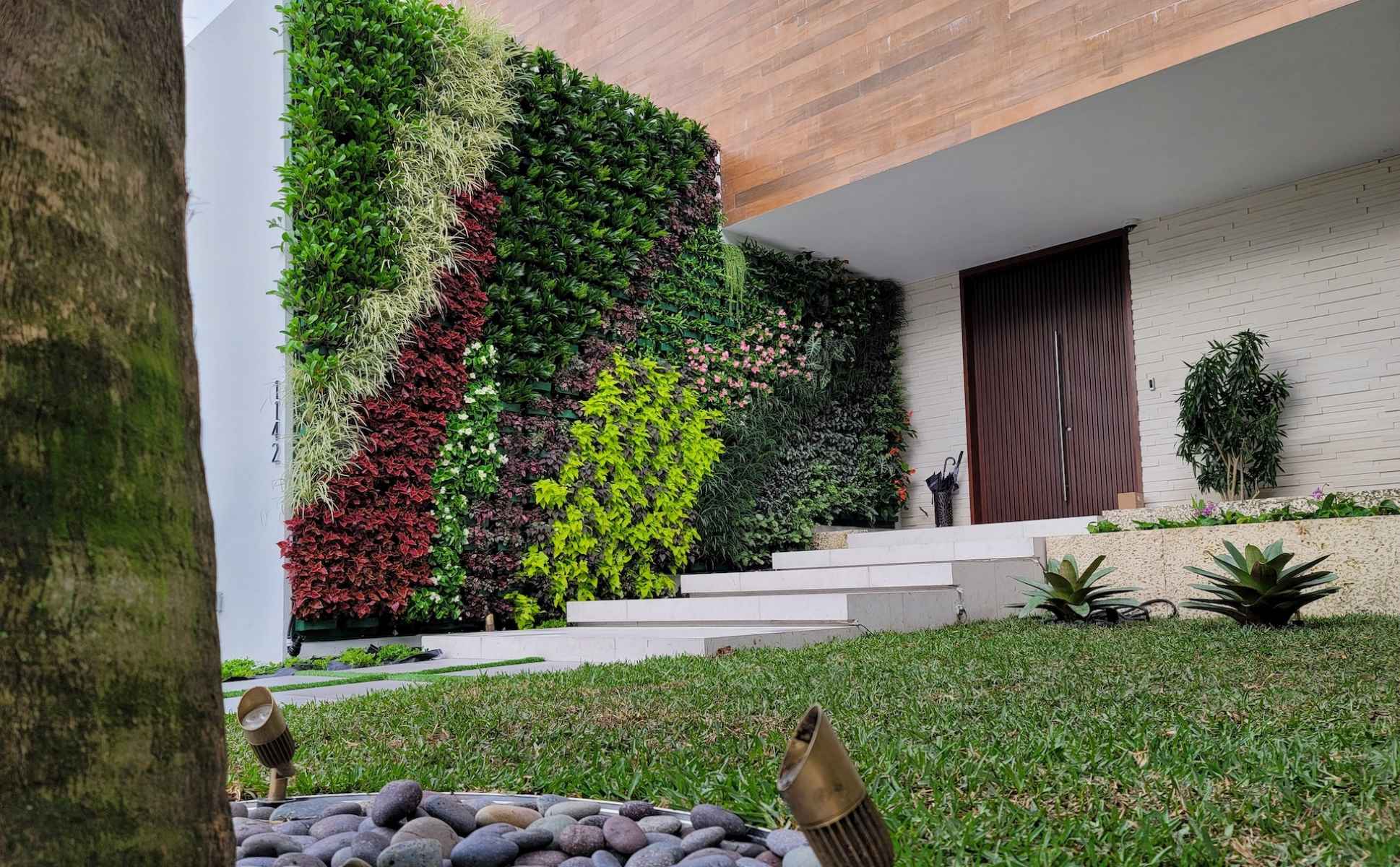

0 thoughts on “What Way Should A Vertical Garden Face”